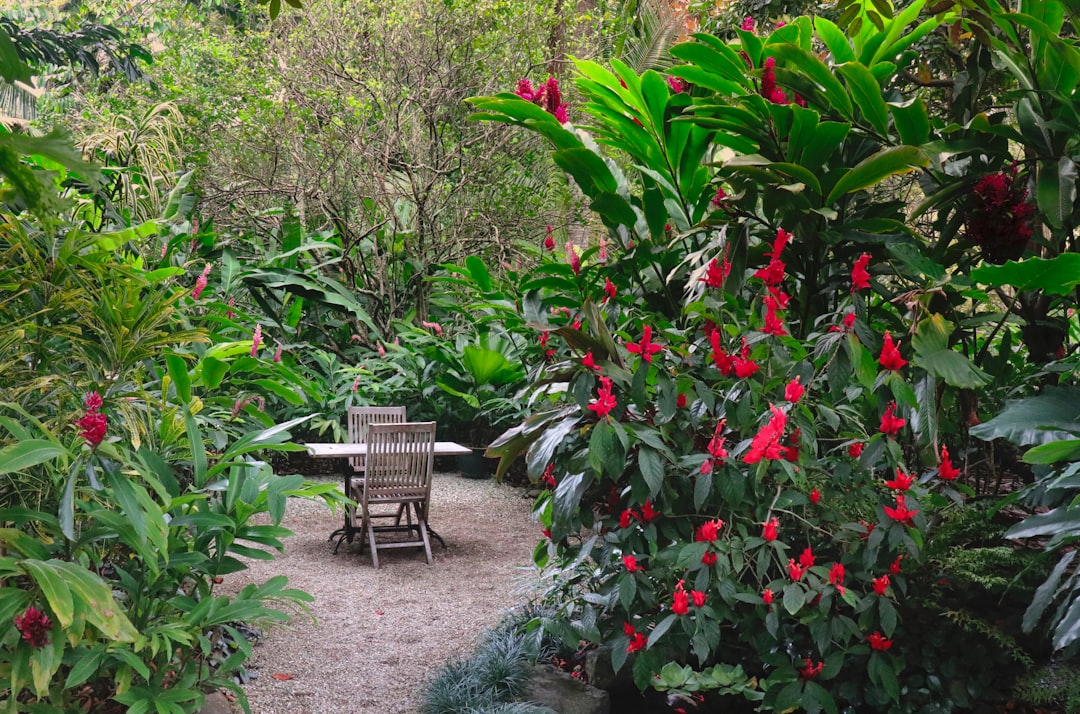Unveiling the Wonders of St. John's Wort in Your Garden

St. John's Wort, a remarkable plant that has long captured the attention of gardeners and nature enthusiasts alike, offers a wealth of beauty and benefits. In this comprehensive guide, we will delve into the essential growing information on St. John's Wort, exploring its colors, height and width, hardiness zones, seasonal features, light requirements, and special features.
Let's start with the colors of St. John's Wort. The flowers of this plant are a vibrant yellow, often with a rich golden hue that catches the eye from afar. These bright blossoms can add a pop of color to any garden, creating a cheerful and inviting atmosphere. The foliage, on the other hand, is typically a deep green, providing a lush backdrop for the showy flowers. In some varieties, the leaves may take on a slightly bluish tint, adding an extra touch of uniqueness.
When it comes to height and width, St. John's Wort can vary depending on the specific variety. Generally, it grows to a height of about 1 to 3 feet, with a spread of 1 to 2 feet. This makes it a great choice for borders, rock gardens, or as a ground cover. Its compact size also makes it suitable for container gardening, allowing you to enjoy its beauty on a patio or balcony.
Understanding the hardiness zones of St. John's Wort is crucial for successful cultivation. This plant is hardy in zones 5 to 9, which means it can tolerate a wide range of temperatures. In colder zones, it may die back to the ground in winter but will regrow in the spring. In warmer zones, it can be an evergreen, providing year-round interest in the garden. It's important to note that while St. John's Wort is relatively hardy, it may benefit from some winter protection in the colder parts of its range.
One of the most appealing aspects of St. John's Wort is its seasonal features. In the spring, the plant emerges from dormancy with fresh new growth. As the weather warms up, it begins to produce buds, which eventually open into the beautiful yellow flowers in the summer. The blooming period can last for several weeks, attracting bees, butterflies, and other pollinators to the garden. In the fall, the foliage may turn a lovely shade of red or orange, adding another layer of color to the landscape. And in the winter, the plant's structure can still provide some visual interest, especially if it has been pruned to maintain a neat shape.
Light requirements are another important factor to consider when growing St. John's Wort. This plant prefers full sun to partial shade. In full sun, it will produce more flowers and have a more compact growth habit. However, it can also tolerate some shade, especially in hot climates. If you plant it in a shady area, it may grow a bit taller and leggier, but it will still bloom. Just make sure it gets at least a few hours of sunlight each day for optimal growth and flowering.
Now, let's talk about the special features of St. John's Wort. In addition to its aesthetic appeal, this plant has some medicinal properties. It has been used for centuries in traditional medicine to treat a variety of ailments, including depression, anxiety, and skin conditions. While more research is needed to fully understand its effectiveness, many people find it to be a natural alternative to conventional medications. Another special feature is its ability to attract wildlife. As mentioned earlier, the flowers are a magnet for pollinators, which is beneficial for the overall health of the garden. It can also provide shelter and food for small birds and insects.
When it comes to planting St. John's Wort, it's important to choose a well-drained location. The soil should be rich in organic matter and have a slightly acidic to neutral pH. You can amend the soil with compost or peat moss before planting to improve its texture and fertility. Dig a hole that is slightly larger than the root ball of the plant, and place it in the hole, making sure the top of the root ball is level with the soil surface. Backfill the hole with soil, gently firming it around the plant. Water thoroughly after planting to help the roots establish.
Once St. John's Wort is established, it requires relatively little maintenance. Water it regularly during the first growing season to keep the soil moist but not waterlogged. After that, it can tolerate some drought, but it will benefit from occasional watering during dry spells. Fertilize the plant once a year in the spring with a balanced fertilizer to promote healthy growth and flowering. Pruning is also an important part of maintaining St. John's Wort. You can prune it in the late winter or early spring to remove any dead, damaged, or diseased branches. You can also shape the plant to your liking, but be careful not to over-prune, as this can reduce the number of flowers.
In conclusion, St. John's Wort is a wonderful addition to any garden. With its beautiful colors, compact size, hardiness, seasonal interest, and special features, it offers something for everyone. Whether you're a seasoned gardener or just starting out, this plant is sure to bring joy and beauty to your outdoor space. So why not give St. John's Wort a try and see for yourself what it has to offer?